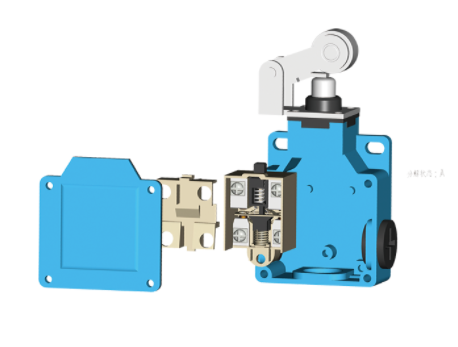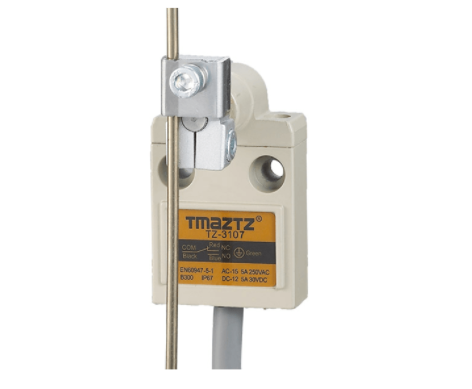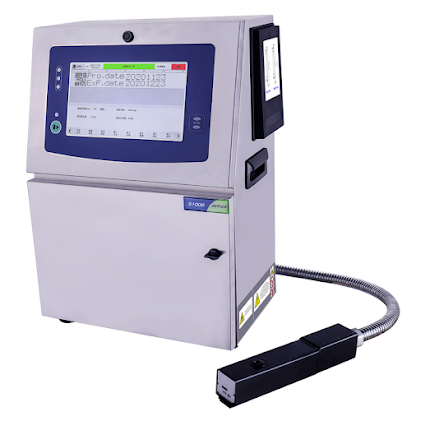How to Choose and Set A Limit Switch?
A limit switch is a device that uses the collision of mechanical moving parts to make contact action to turn on or off the control circuit, thus achieving certain control purposes. It works in conjunction with other devices to form more complex automation equipment in industry. Therefore, choosing a more appropriate limit switch will make the whole automatic control system more reasonable and efficient.
How to set limit switches
Setting limit switches depends on the type and location of the limit switches you are using.
The first thing you need to do is to determine where your limit switch will be located and what it will be used to detect. This will give you an idea of what size and what type of switch is needed.
Once you have the correct limit switch, you will need to secure it in its position. A standard limit switch will have pre-drilled holes where the switch can be held in place by fixings. If you are installing a limit switch for the first time, you may need to drill some holes. To check the position of the switch, you should first secure the switch in place to make sure it can be actuated properly.
The next step is to wire the limit switch into the circuit. The contacts can be normally open, normally closed, or a combination of both. Finally, you should always test that your limit switch is actuated in the correct position and make adjustments if necessary.

Why Use Limit Switches
We use limit switches for a number of different reasons. Let's take a look at some of the most common reasons/applications we use them.
To detect a presence or absence of a level
Counting objects and items
Detecting a range of motion
To detect positioning within a system
To maintain travel limits
They can disconnect the circuit when an unsafe condition occurs
Detects the speed of objects

Selecting limit switches
There are several key points in selecting a limit switch.
1. Select limit switches according to the application scenario and the object to be controlled.
When the machine is not moving fast, a general-purpose limit switch is usually used. When the machine is running in a path that is not suitable for installing a roller plug limit switch, a roller bar limit switch should be used.
In addition, when very high efficiency, reliability and accuracy are required, another type of switch, the proximity sensor, should be selected.
2, Select the structure form of limit switch according to the movement characteristics of the machine.
Housing: According to the load of limit switch, light load and medium load, the housing material is mostly plastic. For heavy load and super heavy load, the housing material is mostly metal. Therefore, a suitable housing needs to be selected.
Actuator: Different actuators are selected according to the shape and direction of movement of the detection target. Types of actuators include roller plungers, top plungers, roller levers, adjustable roller levers, adjustable lever levers, fork levers and coil springs.
3, Select limit switches according to the rated voltage and rated current of the control circuit.
4, Select the appropriate limit switch according to environmental factors such as ambient temperature, vibration and shock resistance, and protection level. For example, waterproof limit switches can be used in industrial applications requiring water, oil and dust resistance.

adjustable lever actuator IP68 waterproof limit switch
Points to note
In addition to the above points, the following details should be noted.
Contact module: Select different numbers of contacts, slow-acting contacts or fast-acting contacts according to different needs.
Operating speed: Indicates the maximum permissible triggering speed. If this speed is exceeded, the limit switch may malfunction or be damaged by excessive force.
Inlet module: There are several inlets that comply with different standards. In addition to the direct line type of the commonly used models, standard cable types such as ISO, DIN, NPT, etc. are often used. The difference only lies in the different inner diameters of the limit switch inlet threads and the different pitch caused by the different brake types.
Minimum force: The minimum force required to trigger. There are usually two types of minimum force (N) and minimum torque (Nm).
Working life: Working life can be divided into mechanical working life and electrical working life.
The above are some of the suggestions given by TMAZTZ about choosing limit switches. Of course, if you are not sure about the selection of limit switches, you can send us an email. We have professional engineers who will patiently solve all your limit switch related problems.

评论
发表评论